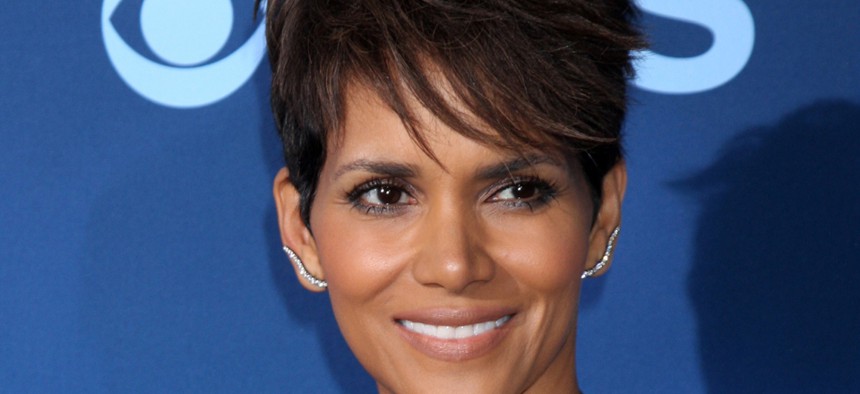There's More to Life Than Facial Symmetry
A new study finds that possessing a balanced appearance has nothing to do with health, so we can all stop obsessing already.
Beauty trends come and go, but one iron law of psychology remains: People with symmetrical faces are considered, by study subjects, to be more attractive. For years, the prevailing theory has been that this is because we use symmetry as a proxy for health , and thus, good genes.
Whether or not you spent every January of your childhood wheezing under the covers likely reflects on your countenance in subtle ways. Supposedly, these minuscule changes later warn potential suitors—likely subconsciously—to stay away.
Much to the delight of ashthmatics everywhere, a new study pokes holes in the idea that facial symmetry and good health are synonymous. Using health data from 4,732 teenagers, psychologist Nicholas Pound at Brunel University London correlated each participant's history of rashes, aches, and infections with their facial symmetry, as determined by a 3-D scan.
The result? The more symmetrical teens weren't necessarily the healthiest ones. "This study does not support the idea that facial symmetry acts as a reliable cue to physiological health," the authors wrote.
Take that, Gisele Bundchen! Or should I say, Typhoid Mary . The wildly askew schnoz of Adrien Brody might be a better picture of well-being.
Schadenfreude aside, we still don't know why it is that people tend to find symmetrical faces more beautiful. But allow me this opportunity for an overdue modest proposal: Stop it with the facial symmetry obsession, already.

There are countless makeup and hairstyle guides devoted to making one's face look more "balanced," but we're going about this all wrong. In fact, humans hardly notice slight facial asymmetry because we process faces holistically , rather than appraising each half separately.
And often, it's our tiny quirks that distinguish us. If it weren't for her mole, Cindy Crawford might have spent her life shucking corn in Illinois .
Nautilus recently posted a series of celebrity photos attached to sliders that allow readers to adjust both halves of the faces to be identical. The tweak is far from an improvement. Tina Fey's crooked smile and Meryl Streep's left-leaning nose are part of what makes them unique.
"If you have a very symmetric, very easy-to-process face, then you have one problem: You won’t be remembered so well,” Claus-Christian Carbon, a professor of psychology at the University of Bamberg, said .
 You can test this out for yourself with projects like
Echoism
, which allow people to upload pictures of themselves and create composite portraits that are mirror-images of either half of the face. In most cases, the symmetrical versions are slightly disturbing, as though the individuals in them recently hatched from dystopian, people-generating eggs,
Matrix
-style.
You can test this out for yourself with projects like
Echoism
, which allow people to upload pictures of themselves and create composite portraits that are mirror-images of either half of the face. In most cases, the symmetrical versions are slightly disturbing, as though the individuals in them recently hatched from dystopian, people-generating eggs,
Matrix
-style.
One 1996 study found that, among children and young adults making emotive expressions (like most children and young adults do), it was actually those with slight facial asymmetry who were deemed more attractive. The authors concluded that this might be because almost everyone is slightly asymmetrical, and people tend to look more favorably on things that are "normal."
In other words, the rule of thumb for evaluating attractiveness goes something like, " What is good is beautiful ," rather than the other way around.
Sounds like a pretty balanced approach to me.
( Image via Helga Esteb / Shutterstock.com )



